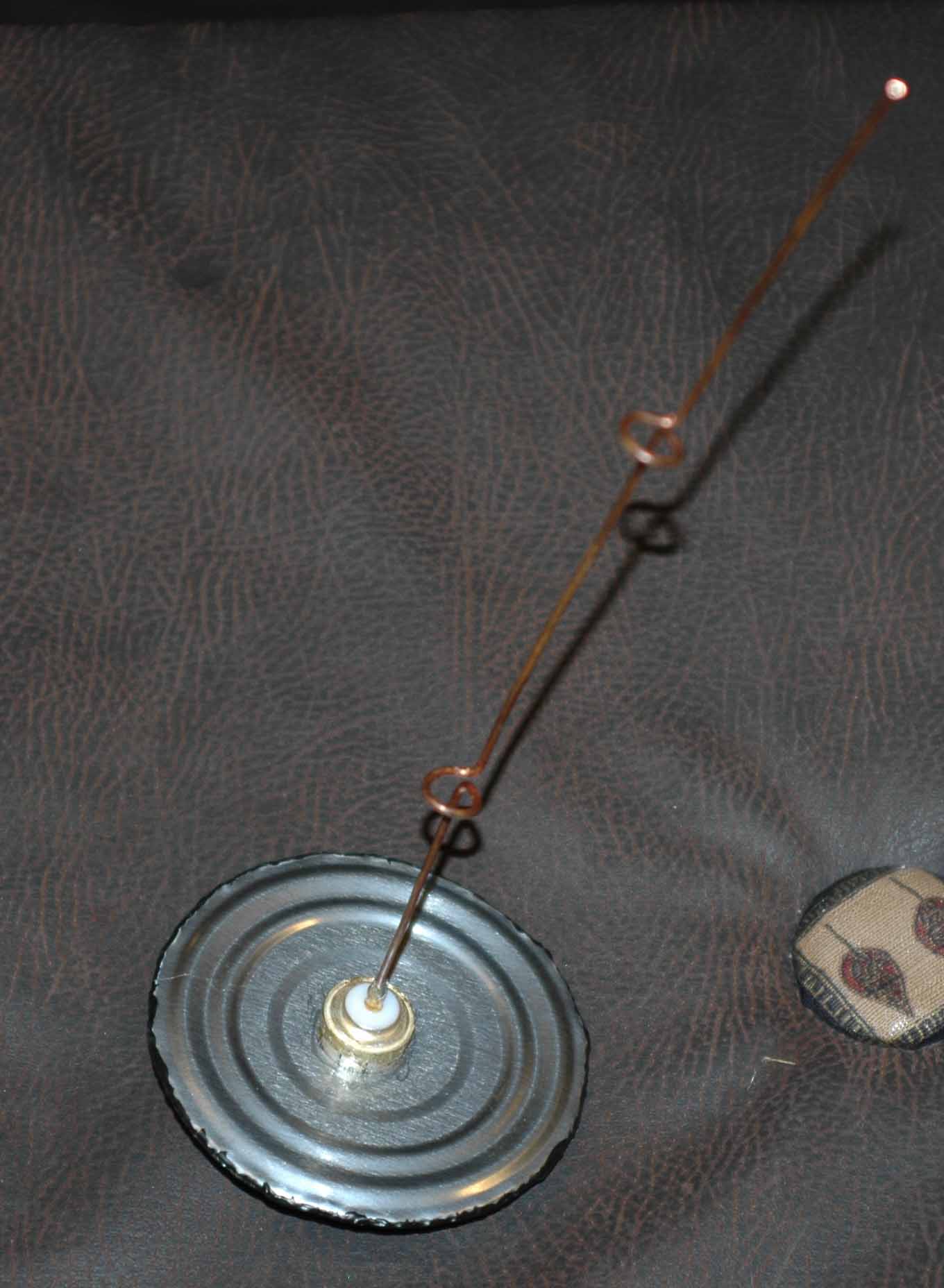

One of the four antennas had a different response so I plotted that as well. With a ground plane it had a minimum VSWR of 1.1 at 916MHz ! If you have a ground plane this antenna rocks. The tri-band stub antenna had a minimum VSWR of 1.3 at 950Mhz rising to 2.1 at 916MHz. With a ground plane it measured a very flat response with a minimum of 1.5 at 830MHz rising to 2.7 at 916MHz. With no ground plane it had a minimum VSWR of 1.6 at 960MHz increasing to 2.6 at 916MHz. With a ground plane it had a minimum VSWR of 1.4 at 890MHz rising to 1.8 at 916MHz. With no ground plane it had a minimum VSWR of 1.7 at 970Mhz increasing to 5.0 at 916MHz. The retail quarter wave whip also matched the spec incredibly well - a testament to the test equipment. With a ground plane the dipole response changes marginally. I’m fairly sure the flattening at high frequencies is calibration error. The dipole had a minimum VSWR of 1.1 at about 925MHz increasing to 1.3 at 916MHz. Measurements virtually matched specifications and by nature dipoles are resistant to ground plane effects. With a ground plane this had a minimum SWR of 1.4 at 830MHz rising to 2.3 at 916Mhz. With no ground plane this had a minimum VSWR of 1.7 at 980MHz, increasing to 4.0 at 916MHz. Second Group of Tested Antennas Folding Stub The AAI has no way to transfer data so I used photos :). The vertical axis lines are at 50MHz intervals starting at 800MHz and ending at 1150MHz. Each antenna has a left curve (no ground plane) and right curve (ground plane). Here’s an image of the first group of VSWR curves. I did a set of tests with no ground plane and a set with a ‘full’ ground plane made up of a piece of aluminum foil. The AAI unit does a good job using the internal calibration with the short connection but the case is a partial ground plane and pollutes the measurements, so I used an extension cable to remove the antenna from the enclosure. I had started off with a 1 meter cable (which resonates at 100MHz and harmonics) and it made the measurements virtually useless. Most important is that my short extension cable resonated at about 700MHz and hence it had little effect. I first calibrated the AAI unit with a short, load, and open. The actual ISM band range is 902–928 and my devices wander around the band so I tested the entire band.

To test the antennas, I measured impedance and SWR at 902, 915, and 928. This is U.Fl and not testable using my SMA setup for now.

I have more than 1 of a number of these and confirmed uniformity (or not). Here’s an image of my final set of antennas.
Diy collinear wifi antenna update#
Over time, if I get more antennas, I’ll update this article to include them. This started as Testing Antennas using the LimeSDR Mini, but what I found was that, at least for now, I’m unable to get consistent results from it - and it’s very slow. What a difference it makes which is in front! To confirm it was positioning I swapped the two units and so you see (on the left) the second pair of traces and (on the right) the first pair of traces. The receiver (a LimeSDR Mini) is located a distance away and perpendicular to the line - so you’d expect the two to generate identical signal strength but they don’t. To explain: in this case I was measuring the two transmitters shown above.


 0 kommentar(er)
0 kommentar(er)
